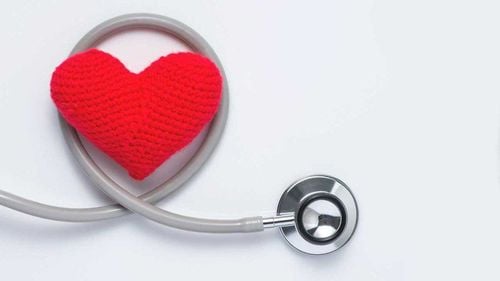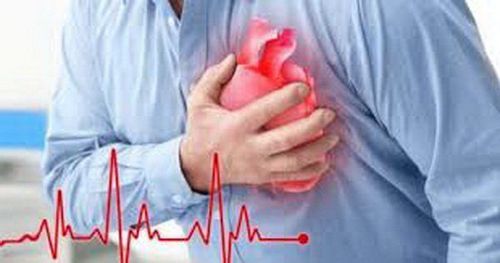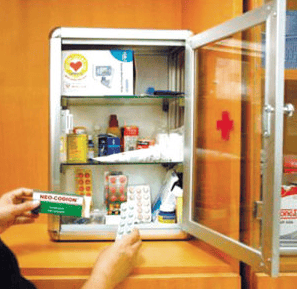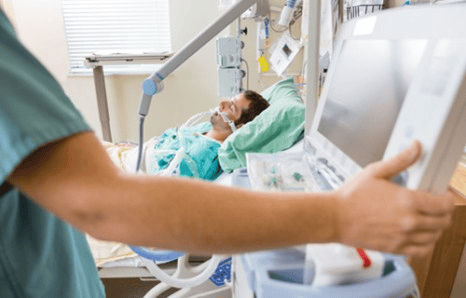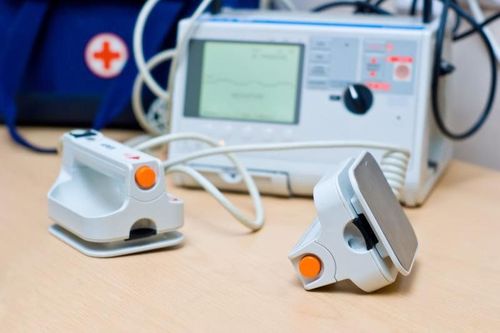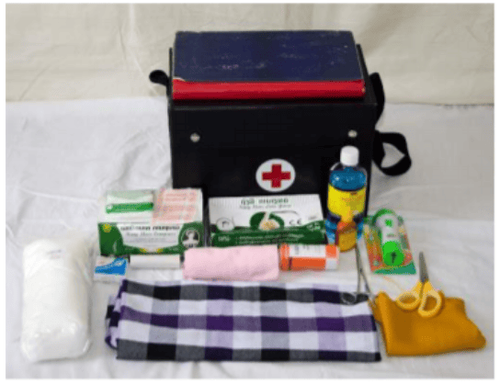This is an automatically translated article.
This article was professionally consulted by Specialist Doctor II Dinh Van Loc - Anesthesiologist - Department of General Surgery - Vinmec Danang International General Hospital. The doctor has more than 23 years of experience in anesthesia and resuscitation.An emergency kit can help you respond to an injury or other serious situation. Prepare for the unexpected by having a first aid kit handy if you need first aid at home.
1. Wound first aid kit
Medical bandages and dressingsWound dressings of different sizes Sterile gauze Roll gauze An eye patch or piece of material that covers the eye (slightly raised is made of hard material with a perforated hole used to cover it) eye) Roll of glue A roll of elastic bandage used to wrap wrists, elbows, ankles and knees when there is an injury 2 rolls of triangular bandages used to wrap around the injured area and as an arm support
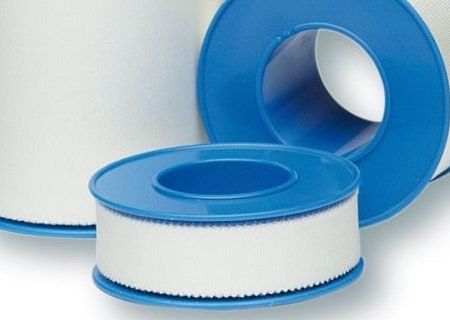
2. Some other tools
2 pairs of latex or non-latex gloves (for those who are allergic to latex), these should be worn at any time there is a risk of contact with blood or secretions Rapid cold packs Ice needles Safe to use to secure splints or bandages Tools used for aspiration and cleaning wounds Aluminum finger splints Medicine cylinders and spoons used to measure out a specified amount of medication when needed Thermometer Tweezers for grasping remove ticks or other stinging insects and small pieces of thorns Scissors to cut gauze Protective cover (mouth spread) for rescue breathing (mouth to mouth) during CPR Sheets Quick hand sanitizer (solution and/or wipes) Handbook, leaflet with instructions on first aid steps List of emergency phone numbers.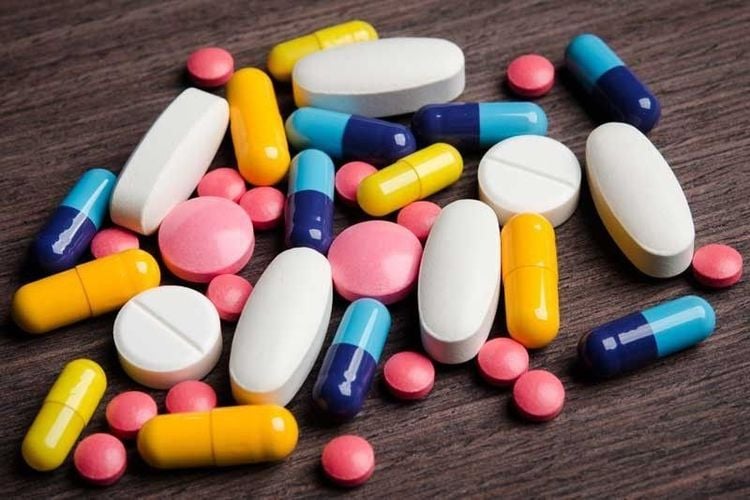
3. Medicines for cuts or wounds
Antiseptic solution or swab such as hydrogen peroxide, povidone-iodine, or chlorhexidine (brand name Betasept) Antibiotic ointment (brand name Neosporin, Bactroban) containing bacitracin or mupirocin Sterile eyewash or saline such as: saline solution for contact lenses Calamine-containing lotions for stings or poison ivy Hydrocortisone cream, ointment or solution for itchy areas OthersPain relievers fever reducers such as aspirin, acetaminophen (brand name Tylenol) or ibuprofen (brand name Advil, Motrin). (Note: do not give aspirin to children and adolescents because it has been linked to a serious condition called Reye's syndrome in children under 18 years of age) Antihistamine (brand name Benadryl) used to treat allergies and swelling Decongestants for nasal congestion Antiemetics for motion sickness and other forms of vomiting Antidiarrheal drugs Antacids for acute stomach pain, digestive disorders Laxatives for constipation Please Think and be more prepared for any other special needs your family members have, such as the needs of young children or the elderly, and about their allergies or other medical conditions. At the same time, do not forget to add to the first-aid box when the medical equipment has expired or has been used in the past.
Some necessary medicines: antipyretic, antiemetic, laxative, ...
How to buy yourself a first aid box?
You can go to drug stores to buy a fully equipped first-aid box. Remember that in order to take advantage of the first-aid box, we must know how to use them. You can sign up for a first aid course at the Red Cross or at least get yourself a basic first aid manual for self-study.
4.The tools in the first aid kit and how to use it
We need to know how many types of tools there are, how to use them, when to use the tools in the first aid kit.The table below is an example of a basic first aid kit:
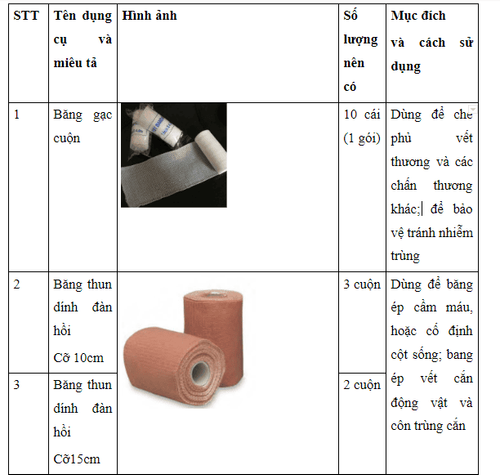
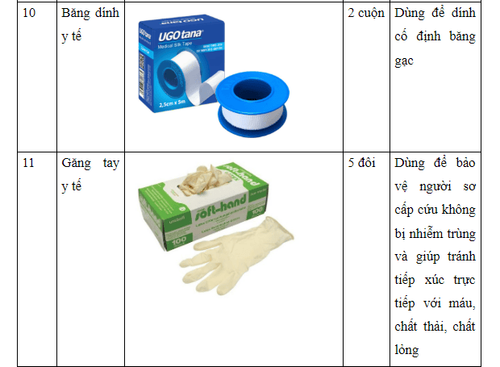
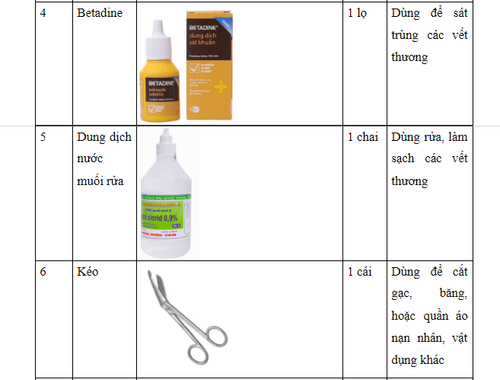
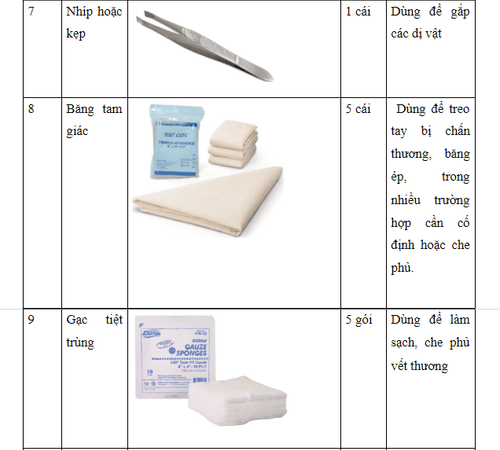
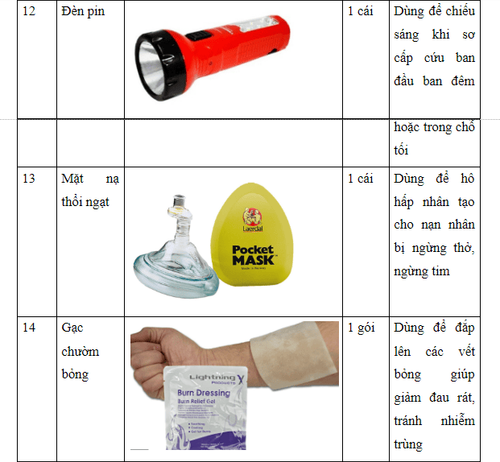
Please dial HOTLINE for more information or register for an appointment HERE. Download MyVinmec app to make appointments faster and to manage your bookings easily.
Reference source: Mayoclinic.org




